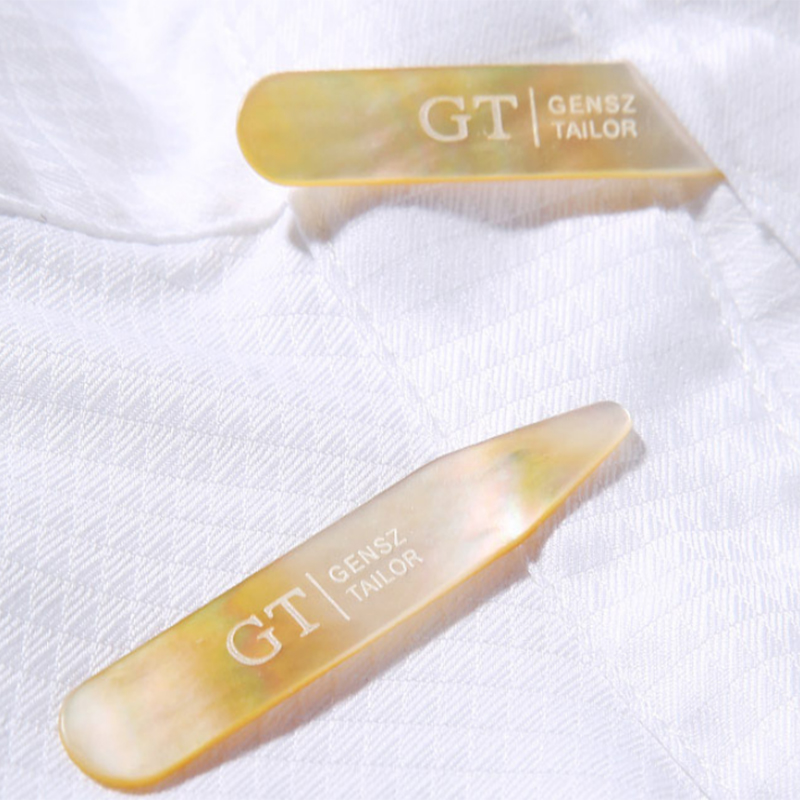Where Do Pearls Actually Come From? The Fascinating Truth
Have you ever held a beautiful pearl and wondered about its incredible origin? These natural gems begin as something unwanted – an irritant that transforms into treasure through an amazing biological process.
Pearls form inside certain oysters and mussels when an irritant becomes trapped inside the shell. The mollusk protects itself by coating the object with layers of nacre (mother-of-pearl), creating the smooth, lustrous gem over several years.

While we often associate pearls with oysters, there’s much more to their creation story. Many common questions arise about pearl formation that deserve clear answers.
Do All Oysters Naturally Produce Pearls?
You might imagine oyster beds full of pearls waiting to be discovered. The reality is quite different and makes natural pearls incredibly special.
Only certain oyster species can produce pearls, and even among these, less than 1 in 10,000 wild oysters will contain a pearl. Most oysters spend their lives filtering water without creating any pearls at all.

Pearl production depends on several biological factors that many people don’t realize:
Key Requirements for Pearl Formation
- Specific Species: Only mollusks with nacre-lined shells (like Pinctada oysters) can make true pearls
- Natural Irritant: Usually a parasite or grain of sand that enters accidentally
- Defense Mechanism: The oyster’s natural response to isolate the irritant
- Time: Takes 2-7 years to form a quality pearl naturally
Comparison of Pearl-Producing Mollusks
| Species | Pearl Quality | Likelihood of Natural Pearl | Commercial Use |
|---|---|---|---|
| Pinctada maxima | High luster, white/gold | Very rare (1 in 50,000) | Cultured pearls |
| Pinctada margaritifera | Dark, large sizes | Rare (1 in 15,000) | Tahitian pearls |
| Freshwater mussels | Varied colors | More common | Button pearls |
Do Oysters Naturally Release or Spit Out Their Pearls?
Many people imagine oysters eventually ejecting their pearls like removing a splinter. The biological truth tells a different story.
Oysters don’t expel pearls naturally. A pearl remains inside the oyster’s shell until the mollusk dies or is harvested. The pearl grows larger over time as more nacre layers accumulate.

Understanding this continuous formation process helps explain pearl quality and value:
The Pearl Growth Timeline
- Initial Intrusion (Month 1-3): Foreign particle enters shell
- Nacre Secretion Begins (Month 4-12): First layers form around irritant
- Visible Pearl Forms (Year 2-3): Becomes recognizable as pearl
- Maturation (Year 4-7): Develops full luster and size
Why Oysters Keep Their Pearls
- Defense mechanism requires continuous coating
- No biological process to eject the pearl
- Harvesting requires opening the shell (kills the oyster)
- Natural pearls found only after oyster’s death
How Does Nature Transform an Irritant Into a Beautiful Pearl?
The transformation from annoying grain of sand to precious gem is one of nature’s most remarkable processes.
Natural pearls form when an oyster coats an irritant with thousands of microscopic nacre layers. Each calcium carbonate crystal reflects light differently, creating the pearl’s unique luster and color variations.

The science behind pearl formation reveals why they’re so special:
The Step-by-Step Natural Formation
- Irritation Entry: Parasite, sand grain, or damage enters shell
- Defense Activation: Mantle tissue secretes nacre (conchiolin and aragonite)
- Layer Deposition:
- Daily: 0.0003 inches of nacre added
- Annual: About 0.1mm growth
- Crystal Alignment:
- Aragonite plates stack like bricks
- Organic conchiolin acts as "mortar"
- Light Reflection:
- 1000+ layers create interference colors
- Thickness determines iridescence
Factors Affecting Pearl Quality
- Water Temperature: Warmer = faster growth but less dense nacre
- Water Purity: Affects color and surface quality
- Oyster Health: Determines nacre production rate
- Time: Longer formation = better luster
Conclusion
Pearls originate as natural defenses in certain oysters and mussels, forming over years around irritants. While few oysters naturally produce pearls, those that do create unique gems through remarkable biological processes we’ve learned to cultivate.






